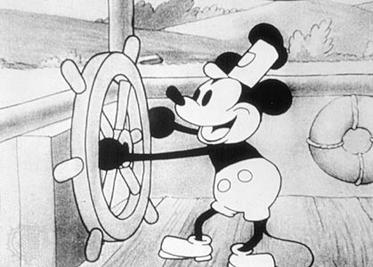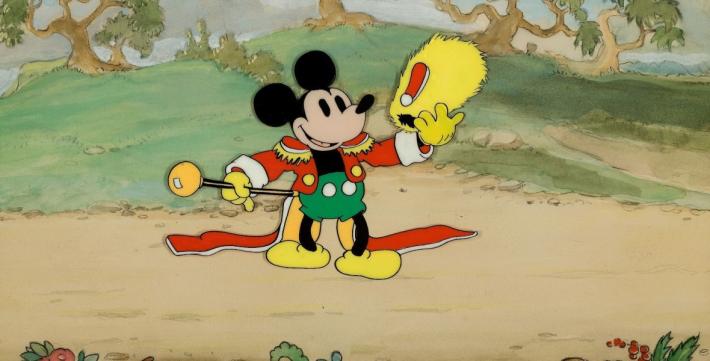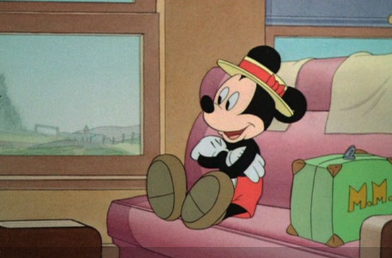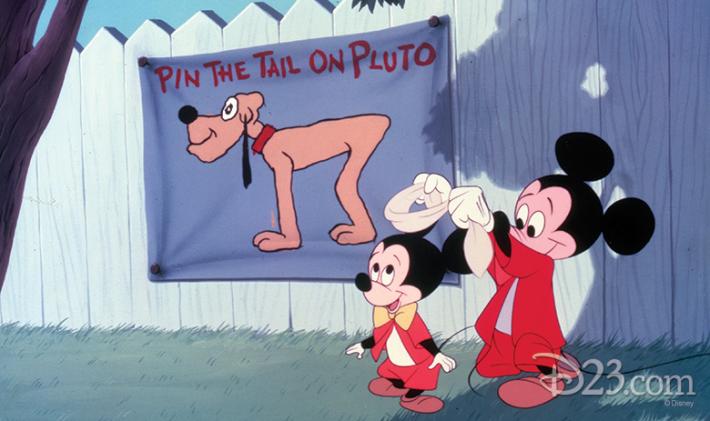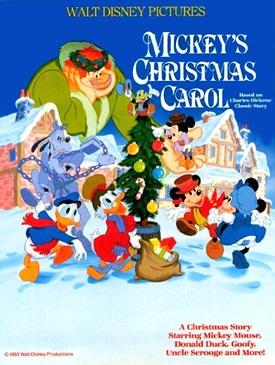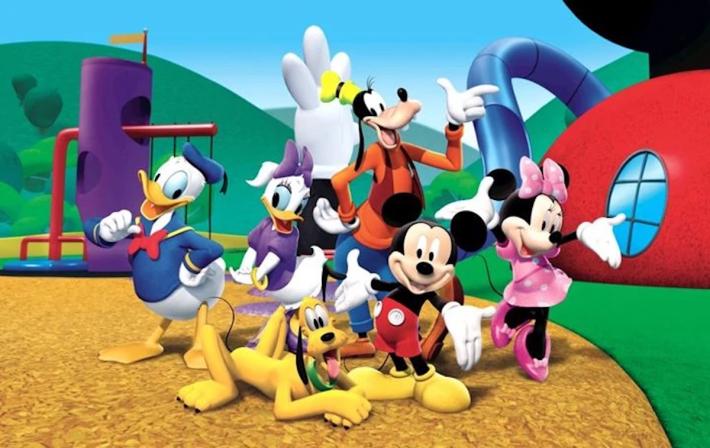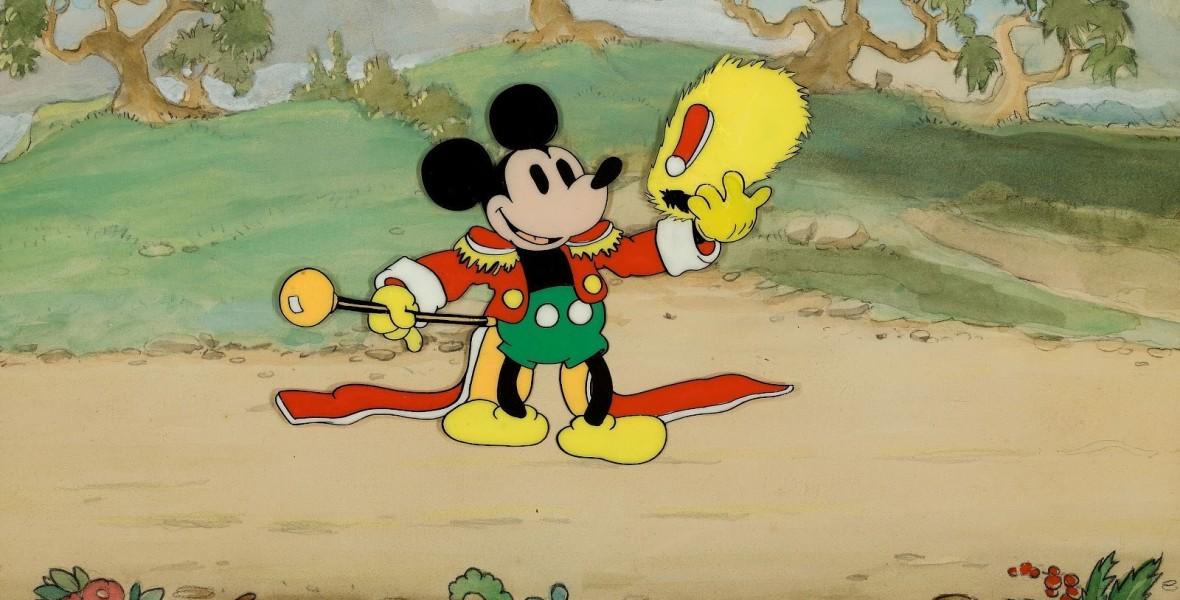
Parade of the Award Nominees still
Almost one hundred years ago, Walt Disney created his most iconic character, Mickey Mouse. The mouse, whose birthday is celebrated on November 18, can be traced back to a series of short films in the 1920s, with Steamboat Willie (1928) being the most memorable. Steamboat Willie is also notable for being one of the first cartoons ever produced with fully synchronized sound. In the film, a mischievous Mickey plays other animals like instruments and flirtatiously pursues his soon to be partner, Minnie Mouse. At the end of 2024, Steamboat Willie's Mickey will lose his copyright protection in the US and a few other countries, something that the Walt Disney Company has been planning for.
Over the decades, Disney has consistently updated the look of Mickey Mouse. Consequently, it is only the 1928 version of Mickey that is up for grabs at the end of 2024. In a statement to the New York Times, Disney confirmed that they will continue to protect their rights with the more modern versions of Mickey Mouse, which are still subject to copyright. Ever since Mickey first appeared, he has become synonymous with Disney, and though his original copyright is up soon, Disney doesn’t believe that will change.
With these Mickey developments in the news, we decided to look at how this cultural icon changed through the years. Like the company he represents, Mickey Mouse has evolved from humble beginnings to a global phenomenon. Learn about how Mickey's has transformed below.




